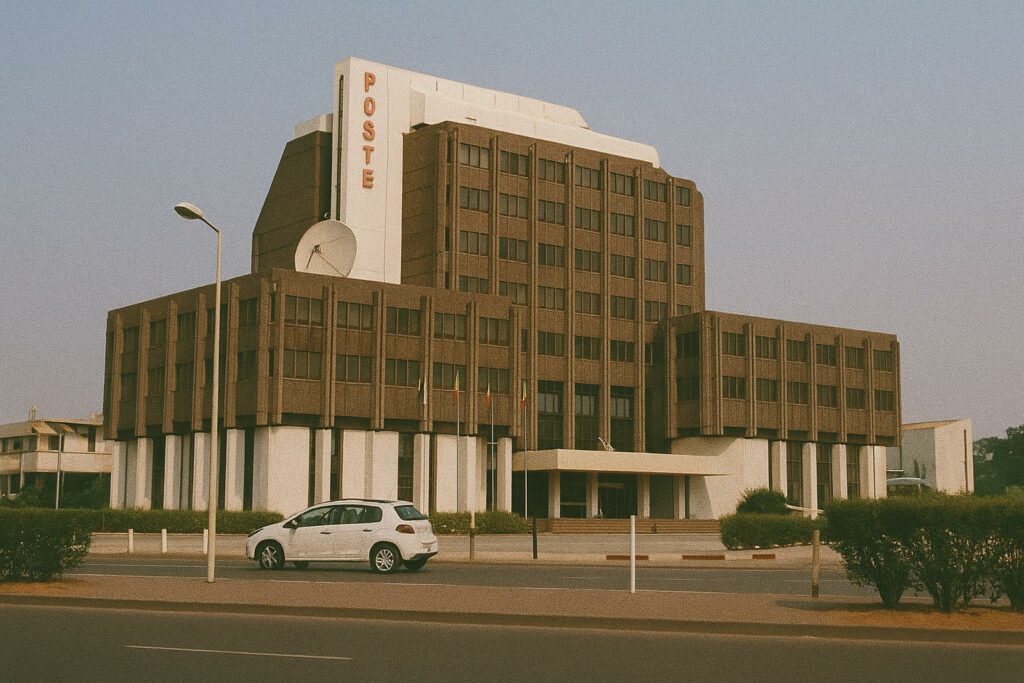A Strategic Confluence of Hydrocarbons and Credit Markets
Few African economies illustrate the delicate chemistry between commodity abundance and capital markets as vividly as the Republic of Congo. With proven oil reserves exceeding 2.9 billion barrels according to the African Energy Chamber, Brazzaville’s fiscal outlook remains closely tethered to Brent price curves. During the 2022–2023 upswing in hydrocarbon revenues, the government channelled part of the windfall to reduce arrears accumulated during the pandemic shock, trimming the public-debt-to-GDP ratio from 103 percent in 2021 to an estimated 88 percent in 2023 (IMF Article IV 2024). Yet, appetite for fresh funding persists, buttressed by an ambition to diversify the economy and modernise infrastructure.
Beijing, Brazzaville and the Grammar of African Debt Diplomacy
China remains Brazzaville’s single largest bilateral creditor, holding roughly one-third of the external debt stock. Contrary to earlier speculation of eroding goodwill, Beijing’s Export-Import Bank renewed its commitment in December 2023 by maintaining concessional terms on key transport corridors, signalling confidence in Congo’s medium-term solvency. Negotiations over a new restructuring window are taking place within the G20 Common Framework, an arrangement that offers gradual reprofiling rather than nominal haircuts. Senior officials in the Ministry of Finance emphasise that talks are proceeding in ‘a spirit of cordial pragmatism,’ underscoring the government’s intent to preserve strategic autonomy while leveraging Chinese expertise in rail and port construction.
Fiscal Consolidation Efforts amid CEMAC Convergence Pressures
Regional benchmarks exert additional discipline. Under CEMAC’s convergence pact, member states are expected to cap deficits at 3 percent of GDP and stabilise debt below 70 percent. To align with these thresholds, Brazzaville adopted a medium-term fiscal framework in March 2024 that prioritises non-oil revenue mobilisation. The recent roll-out of an electronic customs-valuation platform, supported by the African Development Bank, has already lifted customs receipts by 18 percent year-on-year. Meanwhile, operating expenditures are being rationalised through a payroll biometrics audit, trimming ghost workers and redirecting savings toward social spending. International observers view these measures as tangible, though further progress on expenditure prioritisation will be critical, particularly as debt-service obligations peak in 2026.
Domestic Governance Recalibrations and Transparency Initiatives
The debate surrounding the opacity of certain bond issuances, notably the 50 billion CFA June 2025 domestic bond, has stimulated a policy response. In a rare public statement, the regional central bank, BEAC, commended Brazzaville’s decision to subject future Treasury operations to ex-ante parliamentary scrutiny. Complementing this, the government will publish quarterly debt bulletins aligned with Debt Management Performance Assessment (DeMPA) standards. Civil-society representatives, while welcoming the gesture, have urged deeper audits of issuance fees. Authorities counter that the envisaged single treasury account and forthcoming procurement code revisions will further attenuate reputational risks. These actions, if fully implemented, could enhance Congo’s standing on the IMF transparency index and lower risk premia on regional capital markets.
Regional Comparisons and the Imperative of Differentiated Metrics
Comparisons with peer economies such as Cameroon and Gabon often overlook structural distinctions. Congo’s narrower demographic base and higher oil dependency render headline debt ratios less comparable. Fitch Ratings, in its July 2024 assessment, cautioned against one-size-fits-all readings, noting that Congo’s petroleum collateral arrangements confer a unique, albeit cyclical, repayment buffer. Importantly, domestic debt remains largely held by regional banks, mitigating exchange-rate exposure. While Cameroon excels in agricultural diversification and Gabon in sovereign wealth buffer accumulation, Brazzaville’s competitive edge resides in its hydrocarbon margins and nascent gas-to-power projects, which could unlock cost-effective electricity for downstream industries.
Prospects for Sustainable Growth under the 2024–2027 Development Plan
Looking ahead, the government’s National Development Plan foresees average annual growth of 4.5 percent, anchored in three pillars: energy sovereignty, agro-industrial value chains and digital connectivity. Multilateral partners have pledged budget-support tranches contingent on the sustained implementation of revenue reforms and debt-management safeguards. By 2027, debt-service-to-revenue is projected to decline to 32 percent, a level deemed manageable under IMF stress tests. Quiet optimism prevails among diplomatic observers that, through calibrated borrowing and judicious use of oil proceeds, Congo-Brazzaville can navigate the narrow corridor between fiscal consolidation and developmental imperatives. The coming quarters will reveal whether the current momentum matures into a resilient model of resource-backed, yet sustainable, public finance.

